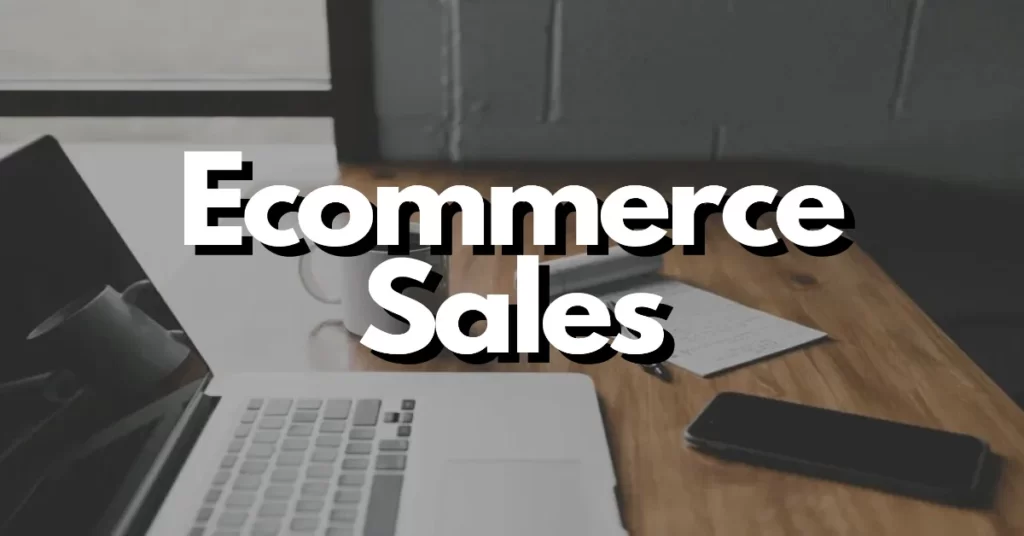As if more proof were needed that retailing is survival of the fittest, the National Retail Federation has released its projections for 2017 and eCommerce is once again proving to be the big winner over bricks and mortar.
In total, the National Retail Federation (NRF) projects 2017 ecommerce sales to grow eight to 12 percent. Meanwhile, traditional retailing is expected to see a growth rate of 3.7 to 4.2 percent.
This trend, in part, is why Macy’s announced the closure of 100 stores across the United States back in August. Citing the fact its online business has grown at double-digit rates over each of the past 15 years, the company put forth a plan to pull back from offering so many physical locations to concentrate more of its resources on eCommerce.
As a result, the retailer’s online store now features natural language search and faster page loading, as well as simpler order and fulfillment procedures.
Meanwhile, over at Nordstrom, the highly vaunted luxury retailer attributed its 9.4 percent year-over-year growth in online sales to its heavy focus on mobile, which spearheaded a concerted effort to engage customers on their smartphones.
Touted as particularly successful was the visual search function it added, along with a novel initiative giving customers the ability to shop the inventory at specific store locations—online. The company has now taken the next logical step, allowing mobile customers to reserve merchandise at a physical Nordstrom location to try it on for size before making the purchase.
This clever strategy leverages the company’s mobile presence to get shoppers to come back into the stores, where presumably they will buy even more.
Still, some of the previous decade’s hottest names have either filed for bankruptcy or gone under altogether. These include Limited, American Apparel and Wet Seal. The industry is also rife with rumors that Sears, one of America’s oldest and best-known department stores, isn’t far behind.
These developments underline the fact that online shopping is going to continue to be the major driver of growth going forward. However, that doesn’t mean a slam-dunk for anyone with the idea of setting up an eCommerce site. The fundamentals have to be in place. With such a juicy pie in play, competition is fierce.
Entrepreneurs considering entering the field would do well to ensure their enterprise ecommerce software is capable of scaling to handle the anticipated growth in volume, as well as provide customers with an easy and rewarding shopping experience. Traditional retailers are not just rolling over. They’re taking advantage of their inherent strengths to offer customers specific perks virtual stores can’t match.
This means ecommerce business models need to be flexible as buyers evolve to embrace more convenient methods of acquiring the goods and services they need. With the economy finally emerging from the doldrums following the 2008 financial crisis, consumers are more confident, which will drive sales even more.
However, this is a different consumer than we saw before the recession. Today’s customers shop more carefully, research more thoroughly and look for more utility from their purchases.
Taking note of Nordstrom’s innovative idea of allowing mobile customers to visit physical locations to try merchandise on before buying it, online retailers need to also come up with new and more inventive ways to reassure customers their purchases will perform the way they want them to.
In other words, eCommerce marketers need to continue to innovate on the side of customer satisfaction if they want to emerge as dominant players in this rapidly evolving paradigm.

